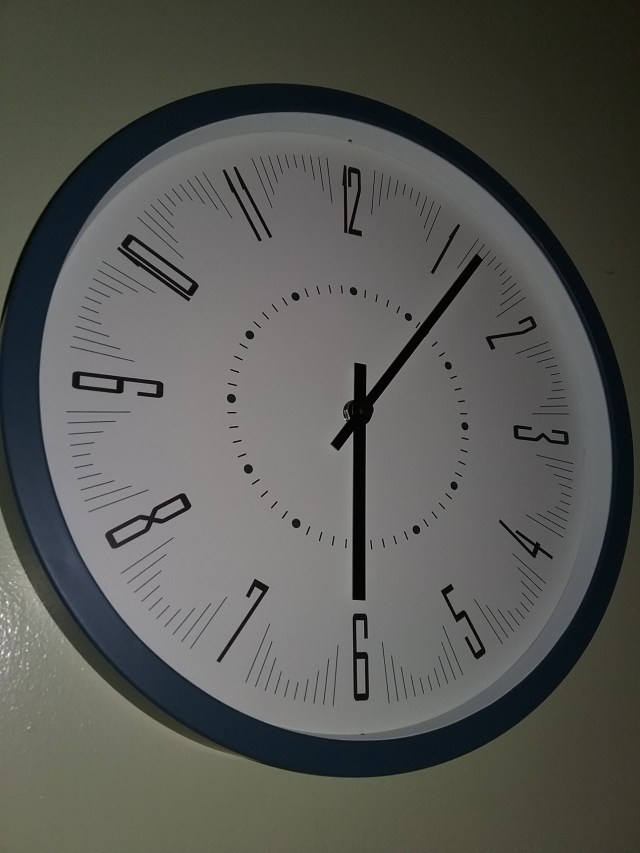
Tidying Up with Marie Kondo
Have you caught the KonMari fever yet? I have.
My husband and I have been watching the new Netflix show “Tidying Up with Marie Kondo.” The KonMari Method is Kondo’s branded process of sorting and folding and arranging possessions. She has been passionate about tidying since she was a child and on the show she will often exclaim, “I love a mess!”
Kondo wrote a couple of books a number of years ago to introduce the world to her clutter-clearing methods: “The Life-Changing Magic of Tidying Up: The Japanese Art of Decluttering and Organizing” and its follow-up, “Spark Joy: An Illustrated Master Class on the Art of Organizing and Tidying Up.” The books have been enormously popular, the first one having reached the New York Times bestseller list.
I read them both a few years ago and have to admit that I didn’t do much with the information, though I was intrigued by the way she sorts items by category rather than by room.
The Netflix show started January 1, 2019, and we’ve been watching the episodes one or two a night. Kondo is a calm, charismatic person and is so delighted with everyone’s house (she formally greets each home at the beginning of the episode) that the motivation to please her comes easily.
While the books made her rules seem hard and fast, she’s not that way on the show. She is nonjudgmental and doesn’t force people to toss everything. Instead, she asks them to go through each item one-by-one to see if it sparks joy. If it sparks joy, which may be a somewhat different feeling for each person, they keep the item.
Commentary on Tidying Up
Since the show started airing, my Twitter feed has been filled with commentary articles on Kondo’s method and show. Here are a few:
From CNET: Marie Kondo, back off! Why this book hoarder refuses to tidy up
From Vox: Marie Kondo and the fantasy of a tidy life, explained
From The Atlantic: Marie Kondo and the Privilege of Clutter
This last article was written by the child of immigrants, people who were forced to flee from a couple of different countries without their possessions. When it comes to tidying up, even of sentimental items, those who do it by choice will have an easier time parting with things precisely because they have a choice in the matter. Not so for those who have to suddenly leave their possessions, the items that ground them to a place and to their personal history.
What If Useful Items Don’t Spark Joy?
My husband has asked a good question regarding the concept of spark joy. He has a lot of grubby, torn clothing that he wears in his shop. He said these clothes don’t spark joy, but they certainly are useful. I suspect Marie Kondo would say that useful items that don’t give you that joyful “Ching!” feeling (Kondo’s term) could be said to bring joy to your life through their usefulness.
Sparking History
When it comes to museums, well, many museums have been so inundated with collections items and have so few staff that we could use some of Marie Kondo’s tidying up. We often arrange collections by type of item (all clothing together, all tools together, all papers together, etc.), so we’re already instinctively following a portion of the KonMari Method.
However, museum staff who are accepting items from the public for our collections cannot assess them on whether each item sparks joy in us. Rather, we have to assess each item for whether it sparks history. The more history, the better. Just like my husband’s shop clothes, each artifact, document or photo we accept for our collections has to meet our institution’s mission, fulfilling its usefulness in that way, but also for the multiple stories it can tell.
An example …
If we accept a can opener with an advertising slogan into the collection, we can use that can opener to illustrate the history of kitchen tools, the history of the family who owned it, the history of the business that advertised on it, or the history of canned food. That’s a minimum of four different types of history and likely, if I stretch my imagination, I could think of additional histories I could illustrate with one item. That’s sparking history!
Marie Kondo has certainly tapped into a zeitgeist with her tidying passion. Along with helping families to clear out their homes, she has synapses firing and tongues wagging about what tidying means to us within our own lives and careers. Museums are at the forefront of dealing with a massive transfer of sentimental items from families. As these items enter our collections, we have to ensure they will spark history well into the future.
On a personal note, I have folded my shirts and socks using the KonMari Method and discovered that I gained some space in my drawers without having discarded much of anything (a few pairs of socks is all) and now I can see all my shirts and socks without having to dig for the ones on the bottom.


Discover more from Without Obligation
Subscribe to get the latest posts sent to your email.
